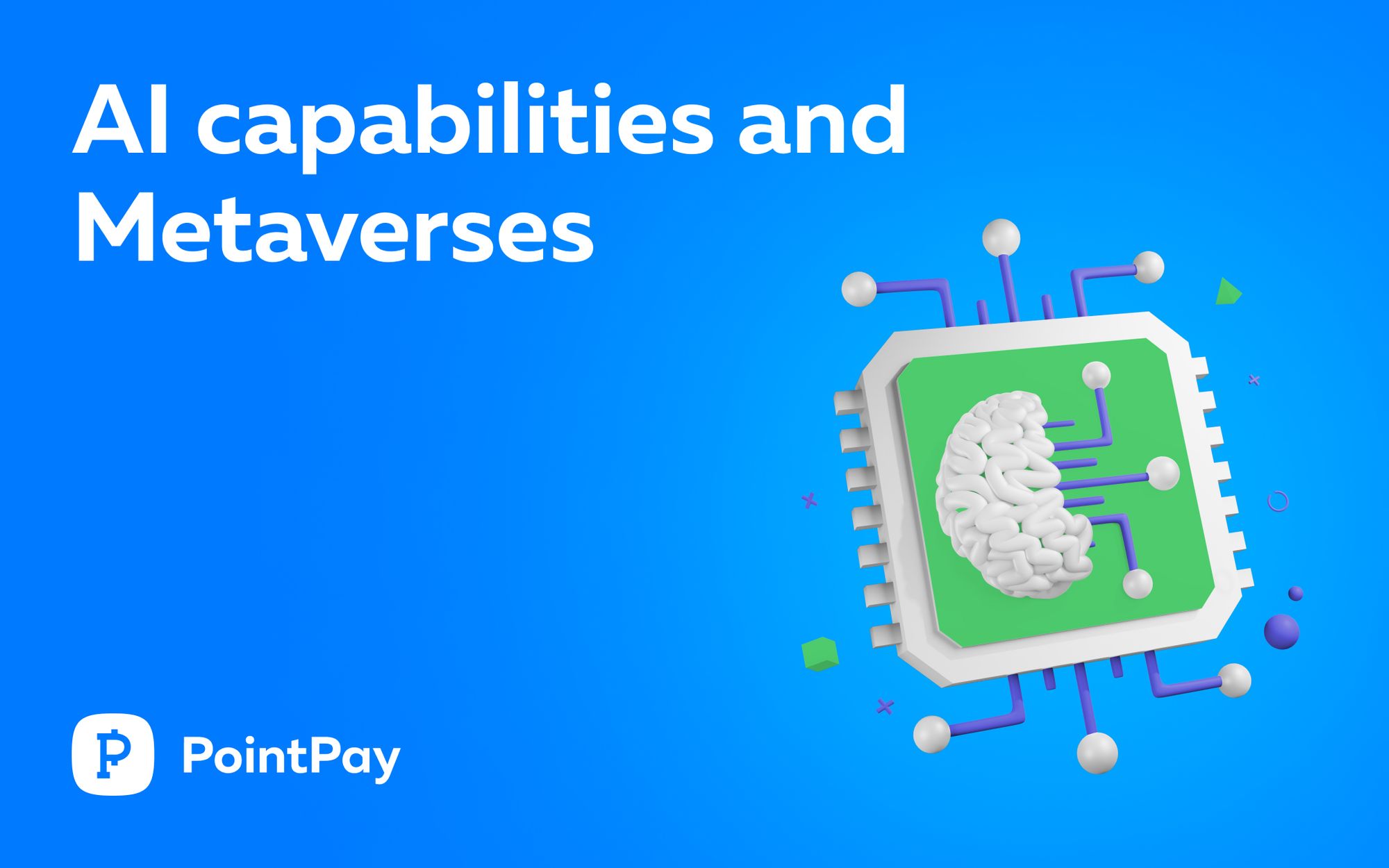Over the past few decades, humans have been working on the tool called AI (Artificial Intelligence), and its uses are already staggering. From helping develop life-saving medicine to improving art, AI is one of the most powerful tools ever created on our planet. That brings up one big question: 'What will the future of AI hold for humanity?'
The technical part of AI
AI (Artificial Intelligence) uses deep learning, a type of machine learning, to learn from humans. When a neural network (a computer model loosely based on neurons in the human brain) sees a certain amount of 'input,' it tries to figure out which outputs are the most likely. This method allows for AI to learn on its own, instead of being trained by humans to do specific tasks. This means that AI can learn to do almost anything, from driving cars to making art.
How an AI works is quite complex, but we can simplify it by explaining it in four simple steps.
- receives data;
- learns patterns and trends from the data;
- makes predictions based on the trends;
- outputs results based on the predictions.
This is a very basic explanation of how AI works, but it can give you a general idea of what an AI actually does and how it operates.
What AI apps are currently available
AI has been making massive waves in the world of technology, and it's not hard to see why. With the advancements made by companies like Google and Tesla, AI is quickly becoming one of the most powerful tools in the world today.
With so many different types of AI out there, it's interesting to see how each one works and what they can do. So, let's take a look at some of the most interesting AI in the world today and how they work!"
LaMDA (Google)
LaMDA is Google's most advanced AI to date; it is able to communicate with us in very realistic ways. The app is able to understand emotions and talk with us about literally any subject. The AI itself can be used for research, entertainment, or just communication.
There is even a website where AI can talk with you on your own time, and you can even ask it questions about itself.
Overall, LaMDA is one of the most sophisticated AI in the world today, so it certainly is something to be amazed by.
GPT3 (OpenAI)
GPT3 is a very powerful AI that is able to generate surprisingly realistic text based on prompts. It can create full stories, paragraphs, or even entire books based on the input it is given. And while it may not be able to generate good fiction yet, it has already generated some surprisingly good non-fiction.
It can analyze data to create surprisingly realistic writing, making it a very popular tool for writers. So if you ever need some inspiration, or even a paragraph written for you, GPT3 is the way to go!
Stable Diffusion (Stability AI)
Stable Diffusion is a revolutionary AI that is able to generate stunningly realistic images from text prompts given to it.
It has been used by artists and designers to create stunningly realistic images of characters, places, or things they had in their heads but couldn't put into reality themselves. This has made it a very useful tool for creative people who want to create images of their visions without having to learn how to draw or do digital art.
Tesla's Autopilot (Tesla)
Tesla's Autopilot is a self-piloting software for Tesla vehicles. It is able to safely navigate itself in traffic and at high speeds, which is very impressive. It can also detect and avoid objects in its path, making it much safer than most driving assists.
Overall, Tesla's Autopilot is a very powerful and advanced AI system that has the potential to improve the way that humans drive in the future drastically.
Metaverses
The metaverse is a virtual world that can be explored through virtual reality (VR). It is a fully immersive experience where people can explore a whole new world and have all sorts of new feelings that couldn't be possible in the real world before. It is a very promising area for innovation and has the potential to revolutionize many industries, such as gaming and entertainment.
The problems that AI can solve in the metaverse are things like world generation and character creation.
Theoretically, if you wanted a world in the metaverse that was incredibly large with lots of details and realism, you could use AI to create this world easily! The same goes for characters and their personalities, as you could easily have a character with a real-world personality since it is all based on AI.
There are still some issues with AI that are currently holding it back in the metaverse, such as the realism of it all. While AI has the potential to create realistic images and characters, it still needs to be able to create realistic movements or interactions. However, this will change shortly as AI becomes increasingly advanced each day.
Afterword
This article was generated by artificial intelligence (AI) using the GPT3 platform to create realistic text based on prompts given to it. We hope that it provides you with insight into how AI is being used today and a glimpse of the power that AI holds in our modern world.
🔥 Buy PXP tokens on Bittrex: https://bit.ly/32VWsci
🔥 Buy PXP tokens on Bitrue: https://bit.ly/3JEreHu
🔥 Buy PXP tokens on BitHumb: https://bit.ly/3qOK6e9
🔥 Buy PXP tokens on WhiteBIT: https://bit.ly/3qJrjRH
🔥 Buy PXP tokens on CoinTiger: https://bit.ly/3pnv6ny
💰 Earn up to 7% yearly with PXP staking program in PointPay Bank: https://bank.pointpay.io/staking
💡 Check PointPay Live-Roadmap (PointPay development in real-time): https://pointpay.io/live-roadmap/
🏦 Remember, we are PointPay, and we are beyond banking!
